Home>Interior Design>What LED Light Color Is Best For Sleep And Those To Avoid
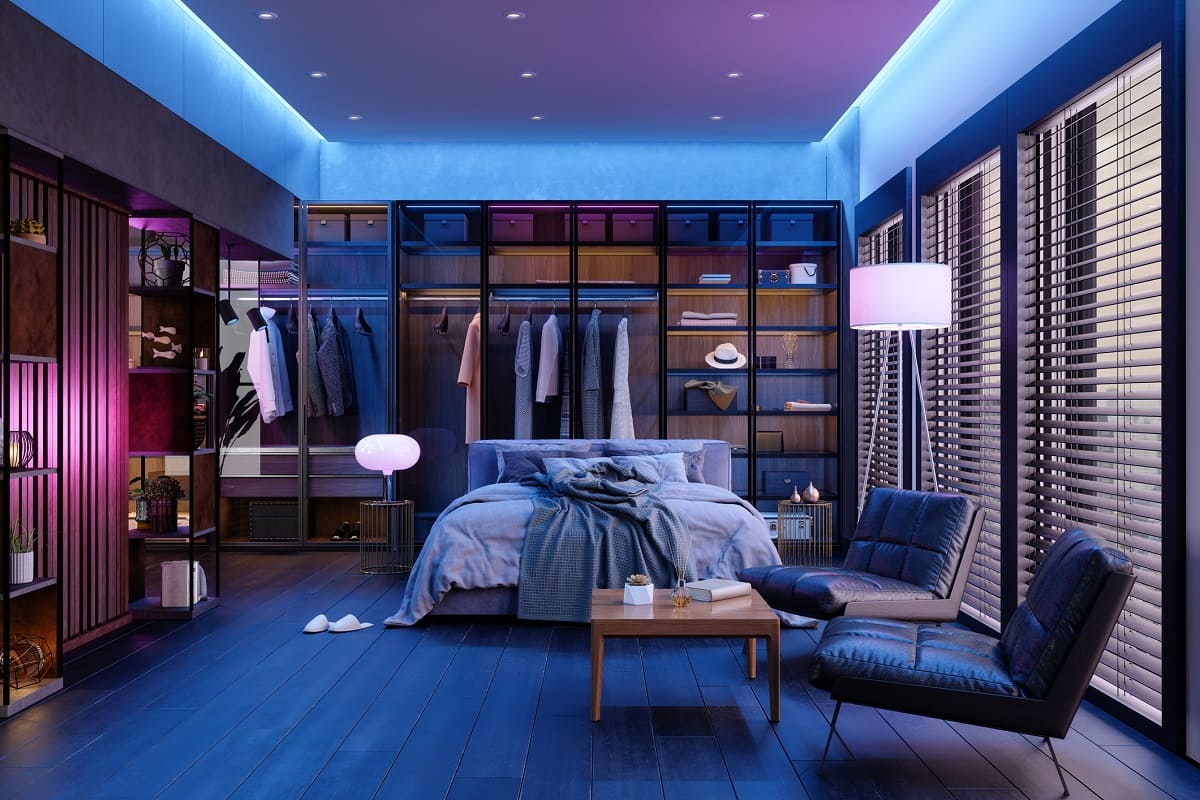

Interior Design
What LED Light Color Is Best For Sleep And Those To Avoid
Modified: March 24, 2024
Discover the best LED light color for sleep and avoid sleep disturbances. Find out how interior design can improve your sleep quality.
(Many of the links in this article redirect to a specific reviewed product. Your purchase of these products through affiliate links helps to generate commission for Storables.com, at no extra cost. Learn more)
Introduction
Welcome to the world of interior design, where creativity meets functionality and aesthetics are brought to life. As an expert in both SEO and interior design, I am here to guide you through the fascinating realm of creating beautiful and functional spaces. In this article, we will delve into the world of LED light colors and their impact on sleep.
Light plays a crucial role in our daily lives, affecting our mood, productivity, and overall well-being. When it comes to sleep, exposure to the right kind of light is essential for achieving quality rest and maintaining a healthy sleep-wake cycle. Studies have shown that artificial lighting, particularly LED lights, can have a significant impact on our sleep patterns.
In recent years, LED lights have gained popularity due to their energy efficiency and versatility in design. However, not all LED light colors are created equal, especially when it comes to sleep. Understanding which LED light colors are best for sleep, and those to avoid, can help you create a sleep-friendly environment in your home.
In the following sections, we will explore the importance of LED light color for sleep and identify the best LED light colors to promote restful sleep. We will also discuss LED light colors that should be avoided, as they can interfere with your ability to fall asleep and stay asleep. Additionally, we will touch on other factors to consider for better sleep, providing you with a comprehensive guide to creating a sleep-friendly environment in your home.
So, whether you’re an interior design enthusiast looking to optimize your sleep environment or someone seeking better sleep quality, join me on this journey as we unlock the secrets to choosing the best LED light color for sleep.
Key Takeaways:
- Choose warm white, amber, or red LED light colors (2000K-3000K) to create a soothing sleep environment, promoting melatonin production and restful sleep.
- Avoid cool white, daylight, and blue LED light colors (4000K-6500K) to prevent disruption of your circadian rhythm and ensure quality sleep.
Understanding the Impact of Light on Sleep
Before diving into the world of LED light colors, it’s essential to understand the impact of light on our sleep. Our bodies are naturally programmed to follow a circadian rhythm, which is a 24-hour biological cycle that regulates various physiological processes, including sleep-wake cycles.
Light, particularly natural light, is the primary cue for regulating our circadian rhythm. Exposure to bright light during the day helps to signal to our bodies that it’s time to be awake and alert. On the other hand, darkness at night triggers the release of melatonin, a hormone that promotes sleep.
Artificial light, especially in the evening and nighttime hours, can disrupt this natural cycle. The blue light emitted by electronic devices and certain light bulbs, including some LED lights, is particularly disruptive to our circadian rhythm. Blue light suppresses the production of melatonin, making it harder for us to fall asleep and stay asleep.
Research has shown that exposure to blue light in the evening hours can delay the onset of sleep, reduce total sleep duration, and negatively impact sleep quality. This can lead to feelings of grogginess, daytime fatigue, and even sleep disorders in the long run.
Now that we understand the importance of light in regulating our sleep-wake cycles, let’s explore the significance of LED light color for optimal sleep.
The Importance of LED Light Color for Sleep
When it comes to choosing the right LED light color for sleep, it’s crucial to consider the impact it can have on our circadian rhythm. LED lights offer a range of color options, each with a unique effect on our sleep patterns.
The color temperature of LED lights is measured in Kelvin (K), with lower Kelvin values producing warmer, more yellow-toned light, and higher Kelvin values producing cooler, bluer light. The color temperature of lighting can greatly influence our physiological and psychological responses, including our ability to fall asleep and achieve restful sleep.
Warm and dim lighting, mimicking the hues of the setting sun, is ideal for creating a calming and soothing ambiance in the evening hours. These low color temperature LED lights, typically between 2000K and 3000K, help promote the production of melatonin and signal to our bodies that it’s time to wind down and prepare for sleep.
On the other hand, cooler and brighter lighting, with higher color temperatures ranging from 4000K to 6500K, can have the opposite effect. These LED light colors mimic daylight and can disrupt our circadian rhythm by suppressing the release of melatonin and signaling wakefulness.
It’s important to note that the ideal LED light color for sleep can vary depending on individual preferences and sensitivities. Some individuals may find warmer light more relaxing and conducive to sleep, while others may prefer cooler light to stay alert during tasks that require concentration, such as reading or working.
In addition to the color temperature, it’s also essential to consider the intensity and duration of LED light exposure. Dimming the lights in the evening hours and gradually reducing the intensity of light can further support the body’s natural transition into a restful sleep state.
By understanding the importance of LED light color and its impact on our sleep, we can make informed decisions when it comes to selecting lighting solutions for our bedrooms and sleep environments. Now let’s explore the LED light colors that are best for promoting restful sleep.
Best LED Light Colors for Sleep
When it comes to choosing the best LED light colors for sleep, it’s important to prioritize warm and dim lighting options that mimic the natural progression of daylight. Here are some of the top LED light colors that promote restful sleep:
- Warm White (2000K-3000K): This LED light color emits a soft, amber glow that creates a cozy and relaxing environment. It helps to stimulate the production of melatonin, making it easier to fall asleep and achieve deep, rejuvenating rest. Consider using warm white LED bulbs for bedside lamps, wall sconces, or string lights to create a serene sleep sanctuary.
- Amber (1600K-1800K): Amber LED lights have an even warmer hue and lower color temperature than warm white lights. They create a soothing and tranquil atmosphere that promotes relaxation and optimal sleep. Amber LED nightlights or salt lamps are excellent options for providing gentle illumination without disrupting your sleep.
- Red (2000K-3000K): Red LED lights have been found to be the least disruptive to our sleep patterns. Since red light has the longest wavelength and lowest energy, it has minimal impact on the release of melatonin. Consider incorporating red LED bulbs in your bedroom for a cozy and sleep-friendly atmosphere.
- Smart LED Lights: In recent years, smart LED lights have gained popularity for their customizable features. Some smart LED lightbulbs allow you to adjust the color temperature and intensity of the light according to your preferences. These smart bulbs can be programmed to gradually dim in the evening, mimicking a natural sunset and encouraging a restful sleep environment.
By incorporating these LED light colors into your sleep environment, you can create a soothing and conducive atmosphere for quality rest. Remember to prioritize warmer and dimmer lighting options, mimicking the gradual transition from daylight to darkness to optimize your sleep-wake cycle.
While these LED light colors are considered optimal for sleep, it’s important to note that individual preferences may vary. Experiment with different light colors and intensities to find what works best for you and contributes to a restful night’s sleep.
Now that we’ve explored the best LED light colors for sleep, let’s discover which LED light colors to avoid to ensure a restful slumber.
The best LED light color for sleep is warm white (2000-3000K) as it promotes relaxation. Avoid blue light (5000-6500K) as it disrupts melatonin production.
Avoid these LED Light Colors for Sleep
While certain LED light colors are beneficial for sleep, there are others that should be avoided, as they can disrupt our sleep patterns and hinder our ability to achieve quality rest. Here are some LED light colors to steer clear of when it comes to creating a sleep-friendly environment:
- Cool White (4000K-6500K): LED lights with a cool white color temperature mimic daylight and can interfere with our circadian rhythm. The blue-rich light emitted by these bulbs suppresses the release of melatonin, making it harder to fall asleep. Avoid using cool white LED lights in the evening and nighttime hours.
- Daylight (5000K-6500K): Daylight LED light bulbs have a color temperature that replicates natural daylight. While they are great for areas where alertness and focus are required during the day, they can be disruptive to our sleep when used in the evening. Avoid using daylight LED lights in your bedroom or other areas of your home where relaxation and sleep are the priority.
- Blue (4000K-6500K): Blue LED light colors have the most significant impact on our sleep-wake cycle. Blue light suppresses melatonin production and signals our bodies to stay awake and alert. Exposure to blue light in the evening can delay the onset of sleep and decrease sleep quality. Avoid using blue LED lights before bedtime and consider using blue light-blocking filters or glasses if you must use electronic devices in the evening.
It’s important to be mindful of the LED light colors used in your home, especially in the evening and nighttime hours. By avoiding cool white, daylight, and blue LED light colors during these times, you can create a sleep-friendly environment that supports optimal rest and rejuvenation.
Now that we’ve covered the LED light colors to avoid, let’s explore other factors to consider for better sleep in addition to choosing the right LED light colors.
Other Factors to Consider for Better Sleep
While LED light color plays a significant role in creating a sleep-friendly environment, there are several other factors that can contribute to better sleep. Here are some additional considerations to keep in mind:
- Lighting Control: In addition to choosing the right LED light color, having control over the intensity and timing of your lighting is essential for promoting optimal sleep. Install dimmers or use smart lighting systems that allow you to adjust the brightness of your lights, especially in the evening hours. Gradually dimming the lights before bedtime can signal your body to wind down and prepare for sleep.
- Natural Light Exposure: Exposure to natural light during the day is crucial for regulating your circadian rhythm. Open your curtains or blinds in the morning to let in natural daylight, and spend time outdoors whenever possible. Natural light helps to reset your internal clock and promotes a healthy sleep-wake cycle.
- Screen Time: Reduce exposure to electronic devices, such as smartphones, tablets, and computers, in the evening. The blue light emitted by these devices can suppress melatonin production and disrupt your sleep. Try to establish a digital curfew by avoiding screens at least an hour before bedtime, or use blue light-blocking filters or glasses to minimize the impact of electronic device usage.
- Bedroom Environment: Create a sleep-promoting atmosphere in your bedroom by keeping it cool, dark, and quiet. Use blackout curtains or blinds to block out external light, invest in a comfortable mattress and pillows, and consider using earplugs or white noise machines to drown out any distracting noises. Keep your bedroom clutter-free and designated for rest and relaxation.
- Bedtime Routine: Establish a consistent bedtime routine to signal to your body that it’s time to sleep. Engage in calming activities before bed, such as reading a book, taking a warm bath, or practicing relaxation techniques like meditation or deep breathing. Avoid stimulating activities or consuming caffeine or heavy meals close to bedtime.
- Regular Sleep Schedule: Try to maintain a regular sleep schedule by going to bed and waking up at the same time each day, even on weekends. This helps regulate your body’s internal clock and promotes better sleep quality. Consistency in your sleep routine can have a significant impact on your overall sleep patterns and well-being.
By considering these additional factors along with choosing the right LED light colors, you can create an ideal sleep environment that promotes restful and rejuvenating sleep.
Now that we’ve discussed the various factors to consider for better sleep, let’s summarize our findings.
Conclusion
Creating a sleep-friendly environment is essential for achieving restful and rejuvenating sleep, and LED light color plays a crucial role in this process. By understanding the impact of light on our sleep-wake cycles and choosing the right LED light colors, we can optimize our sleep environment and promote better sleep quality.
In this article, we explored the importance of LED light color for sleep and identified the best LED light colors for promoting restful sleep. Warm white, amber, and red LED light colors are ideal for creating a calming and soothing atmosphere in the evening hours, while cool white, daylight, and blue LED light colors should be avoided as they can disrupt our circadian rhythm.
Additionally, we discussed other factors to consider for better sleep, including lighting control, natural light exposure, managing screen time, creating a sleep-promoting bedroom environment, establishing a bedtime routine, and maintaining a regular sleep schedule.
Remember, it’s important to personalize your sleep environment and find what works best for you. Experiment with different LED light colors, adjust the brightness of your lighting, and create a nightly routine that helps you unwind and prepare for sleep.
By combining these strategies and prioritizing your sleep, you can create a sleep sanctuary that promotes optimal rest and overall well-being. So, start implementing these tips today and experience the transformative power of a good night’s sleep.
Frequently Asked Questions about What LED Light Color Is Best For Sleep And Those To Avoid
Was this page helpful?
At Storables.com, we guarantee accurate and reliable information. Our content, validated by Expert Board Contributors, is crafted following stringent Editorial Policies. We're committed to providing you with well-researched, expert-backed insights for all your informational needs.
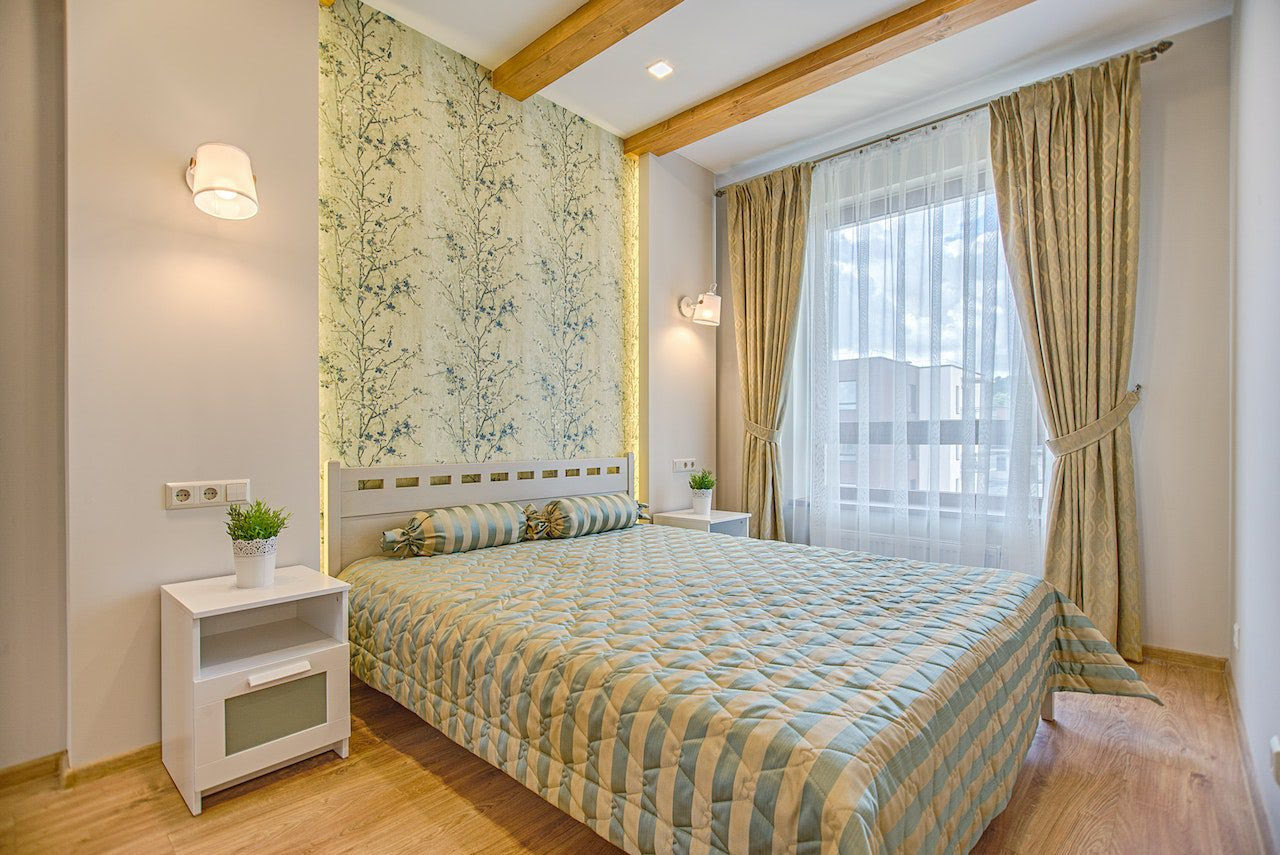
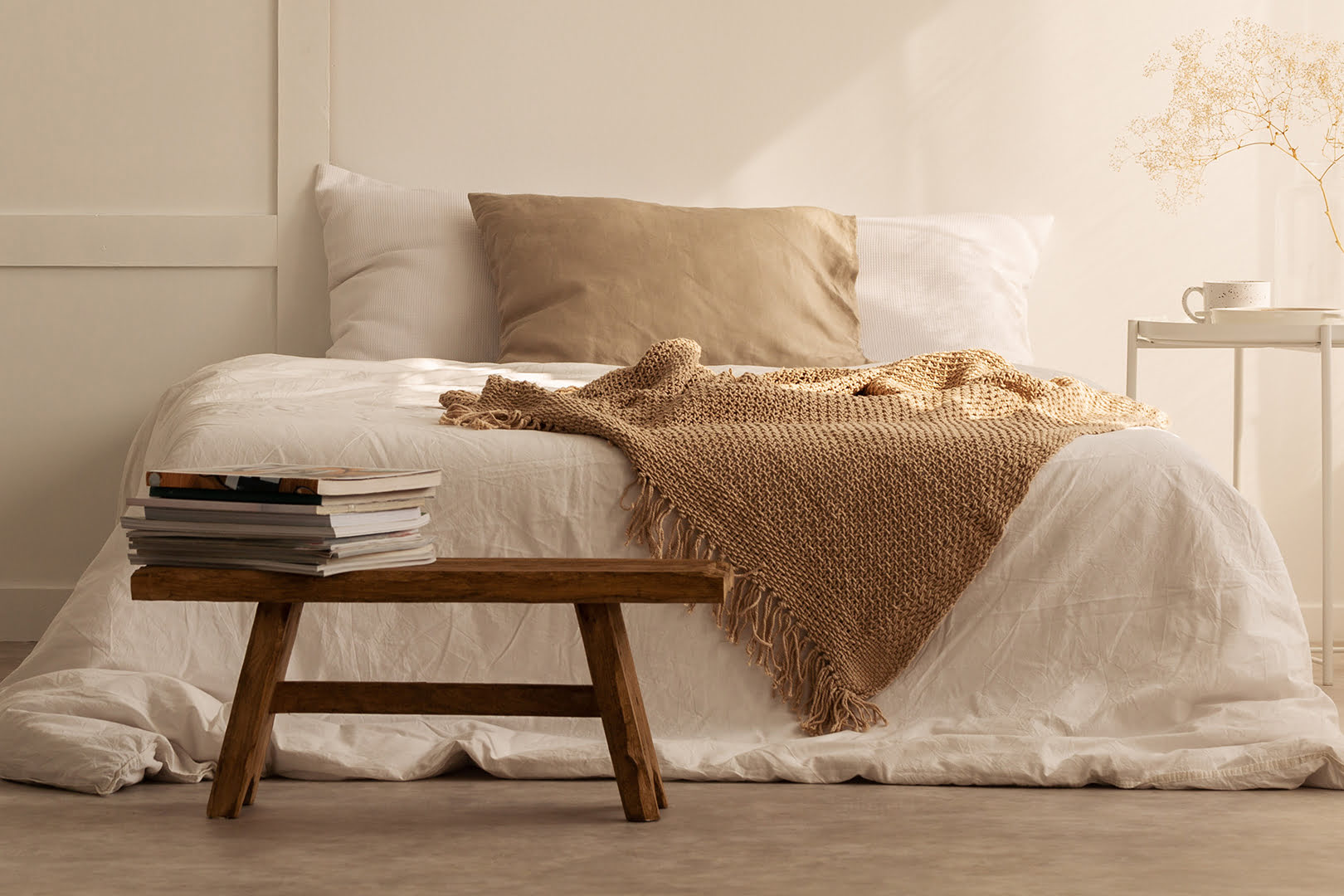
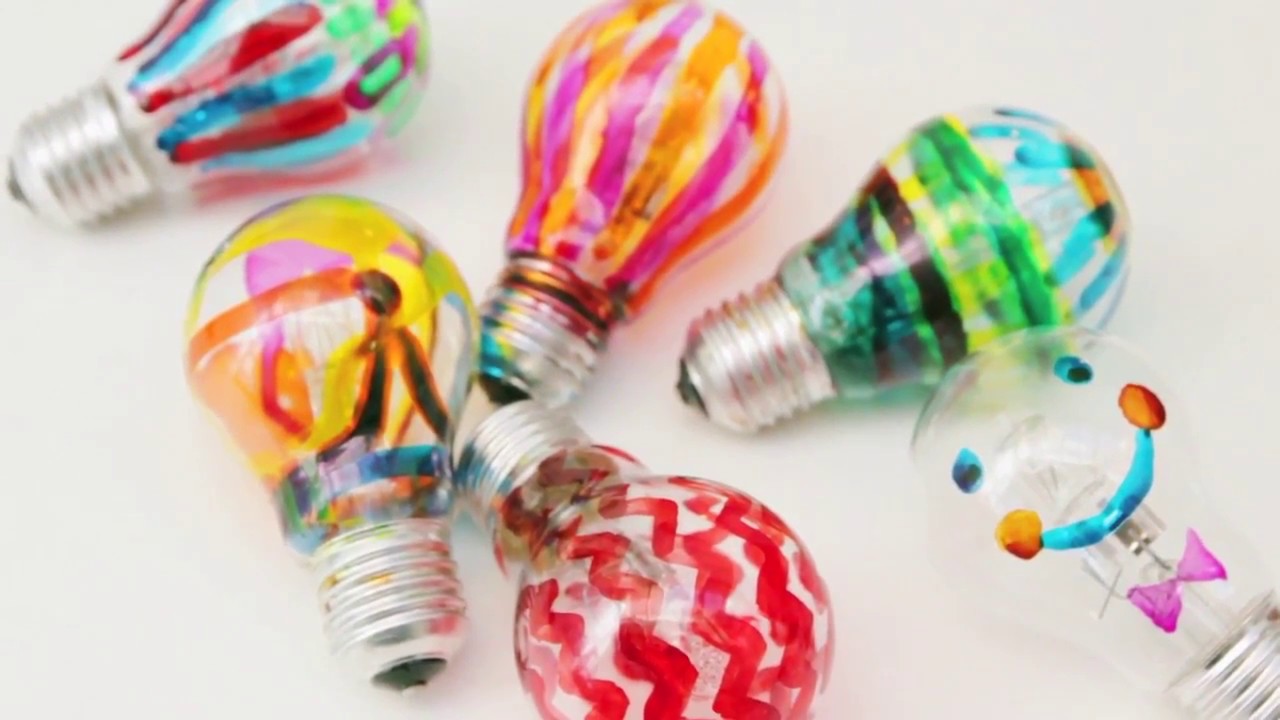
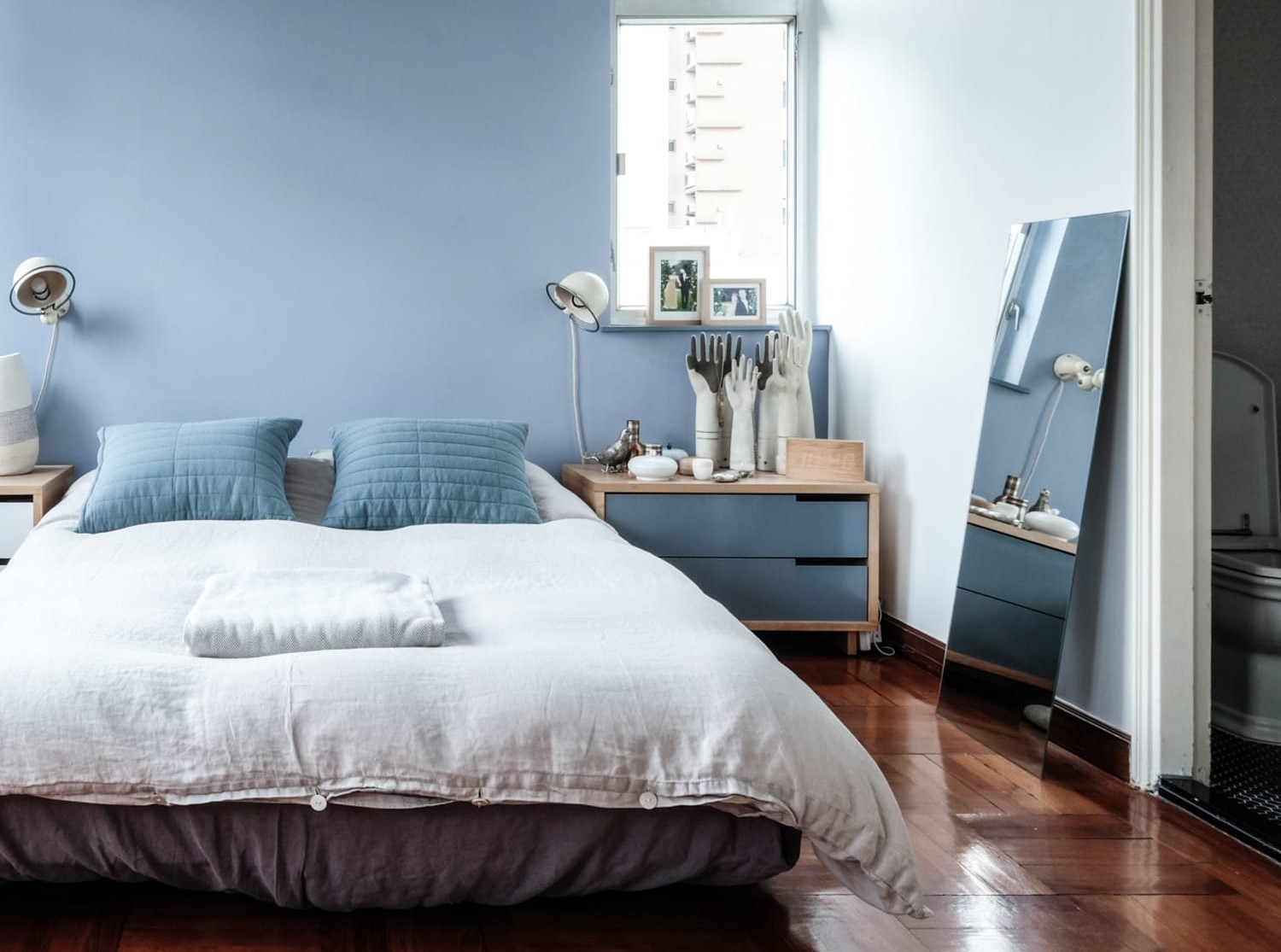

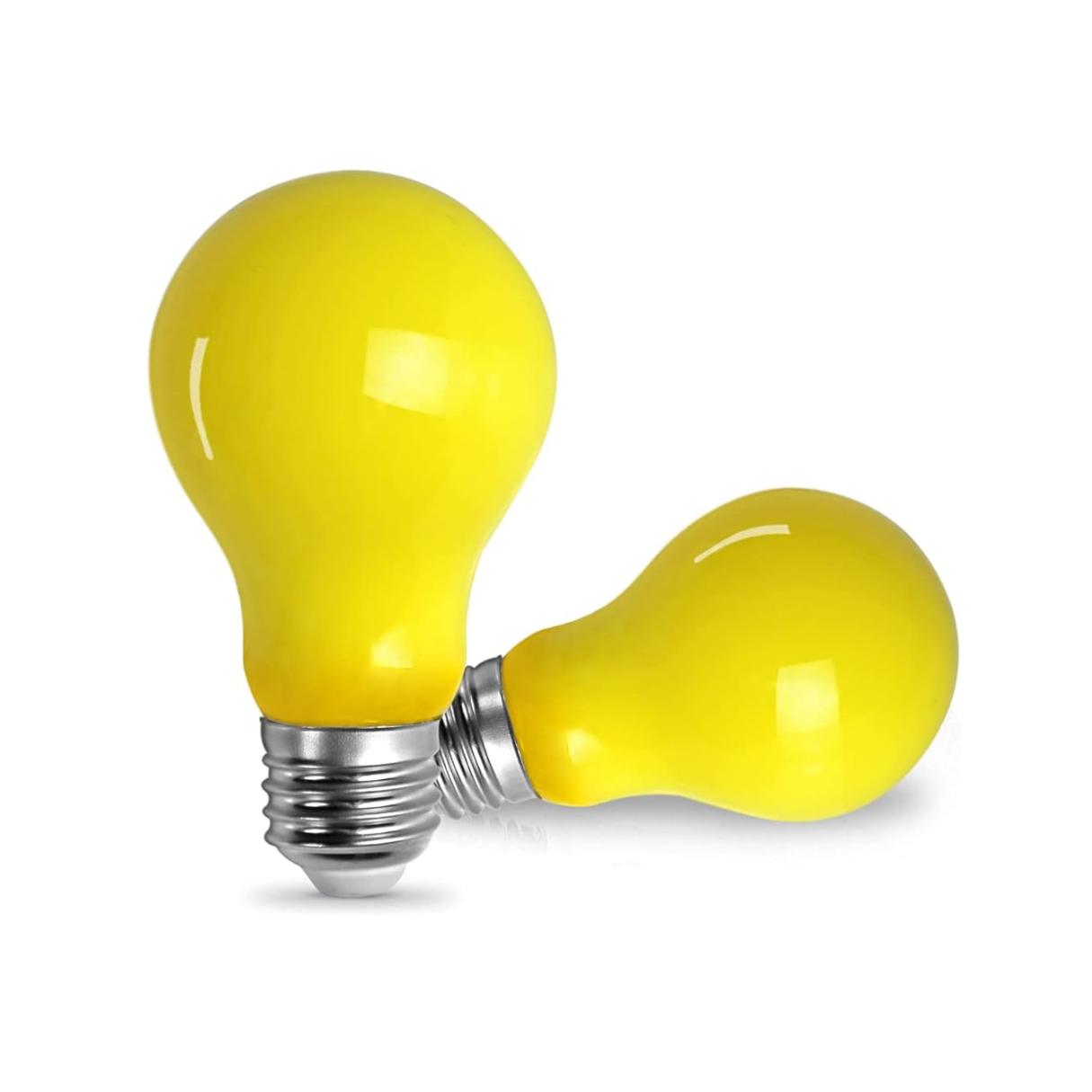

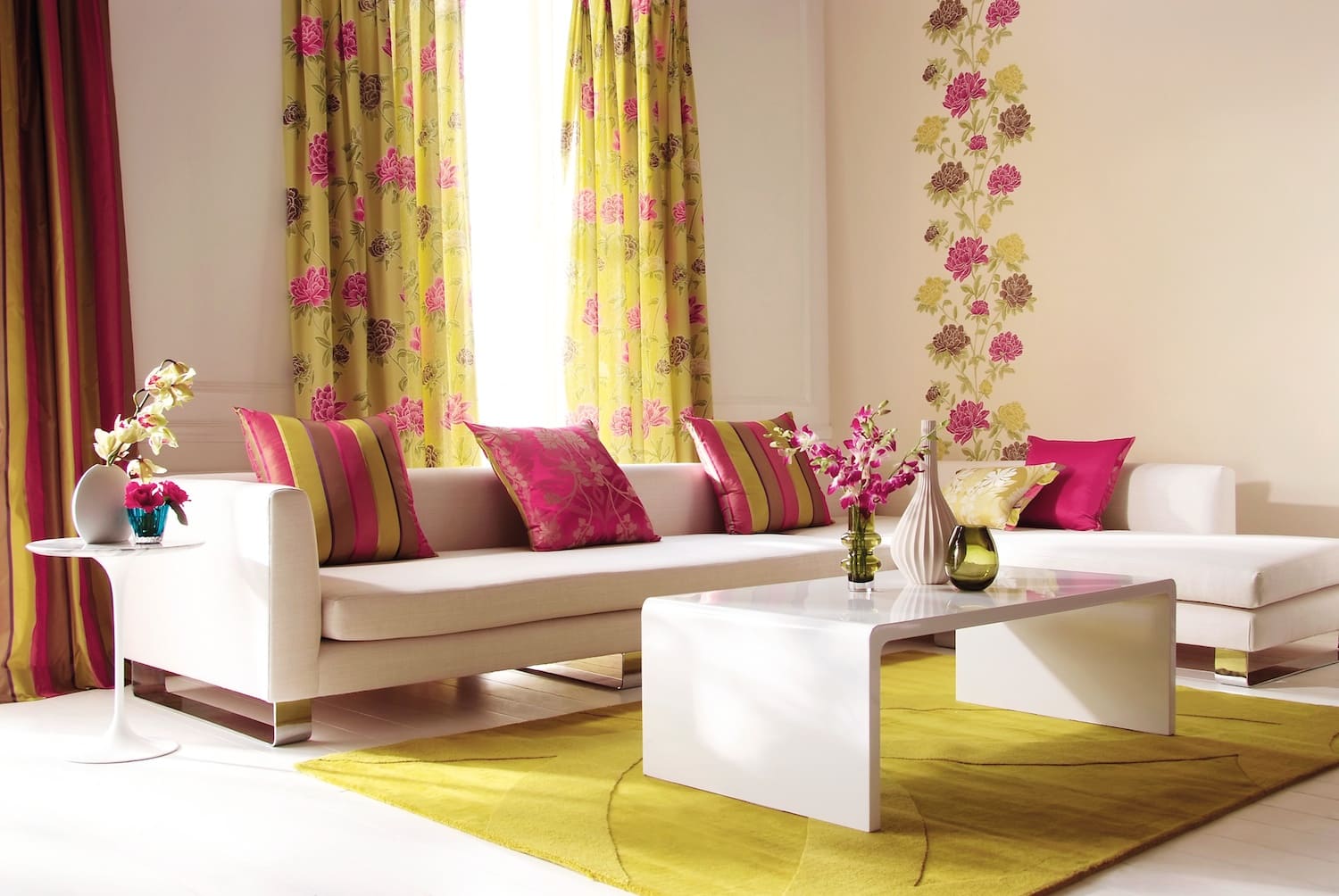

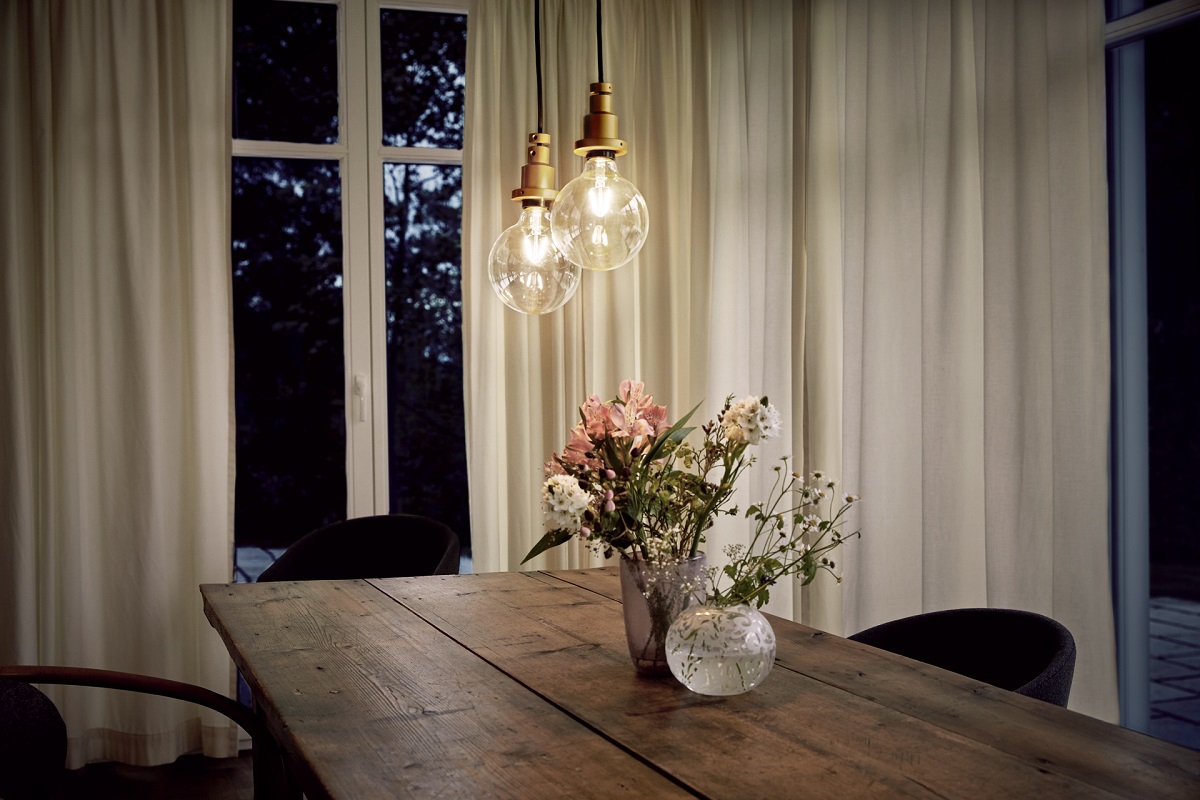
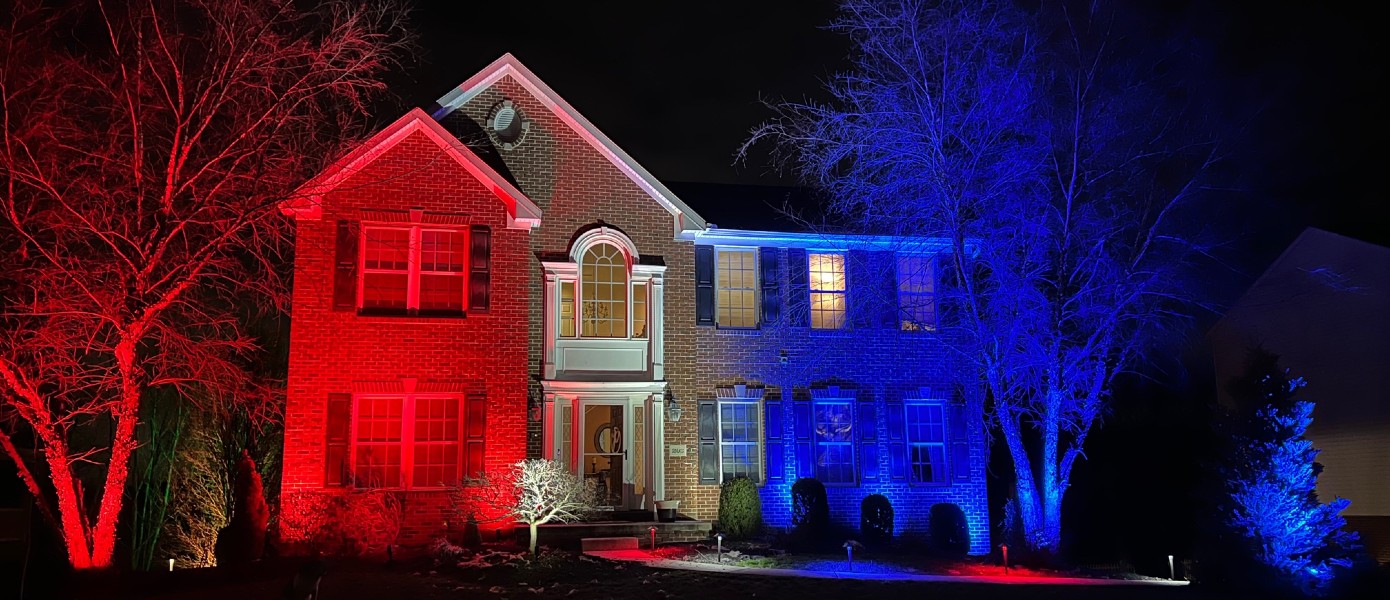

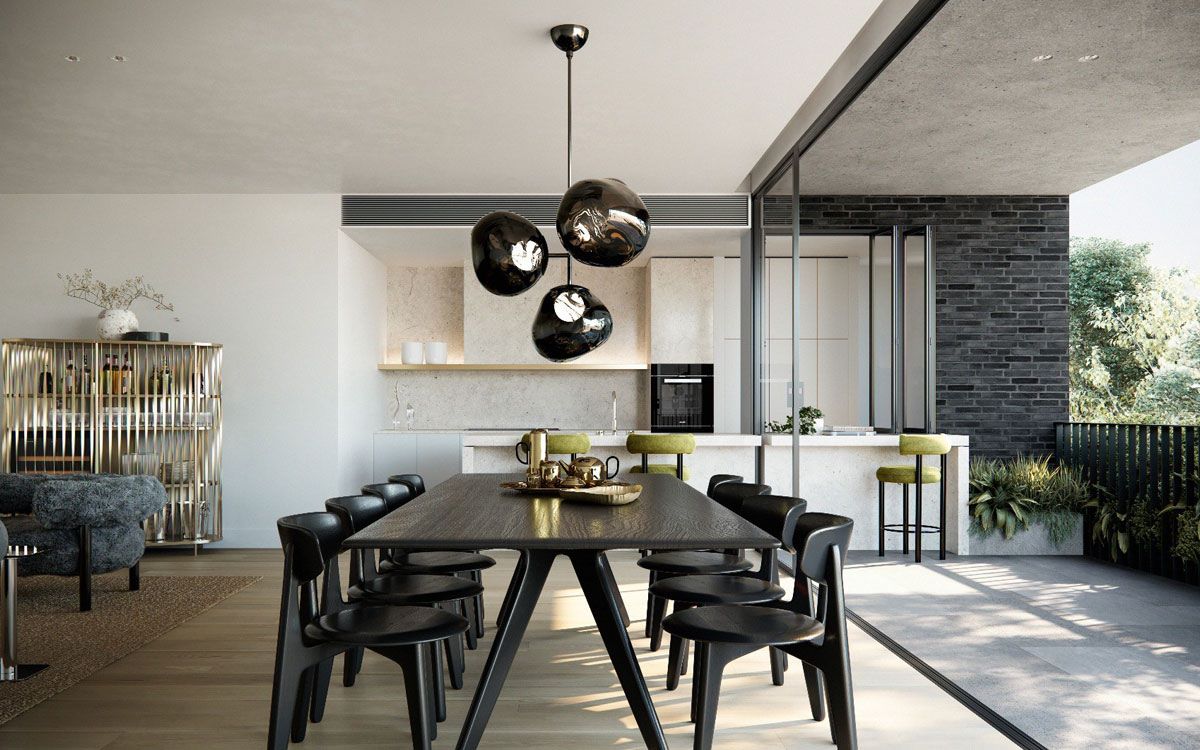
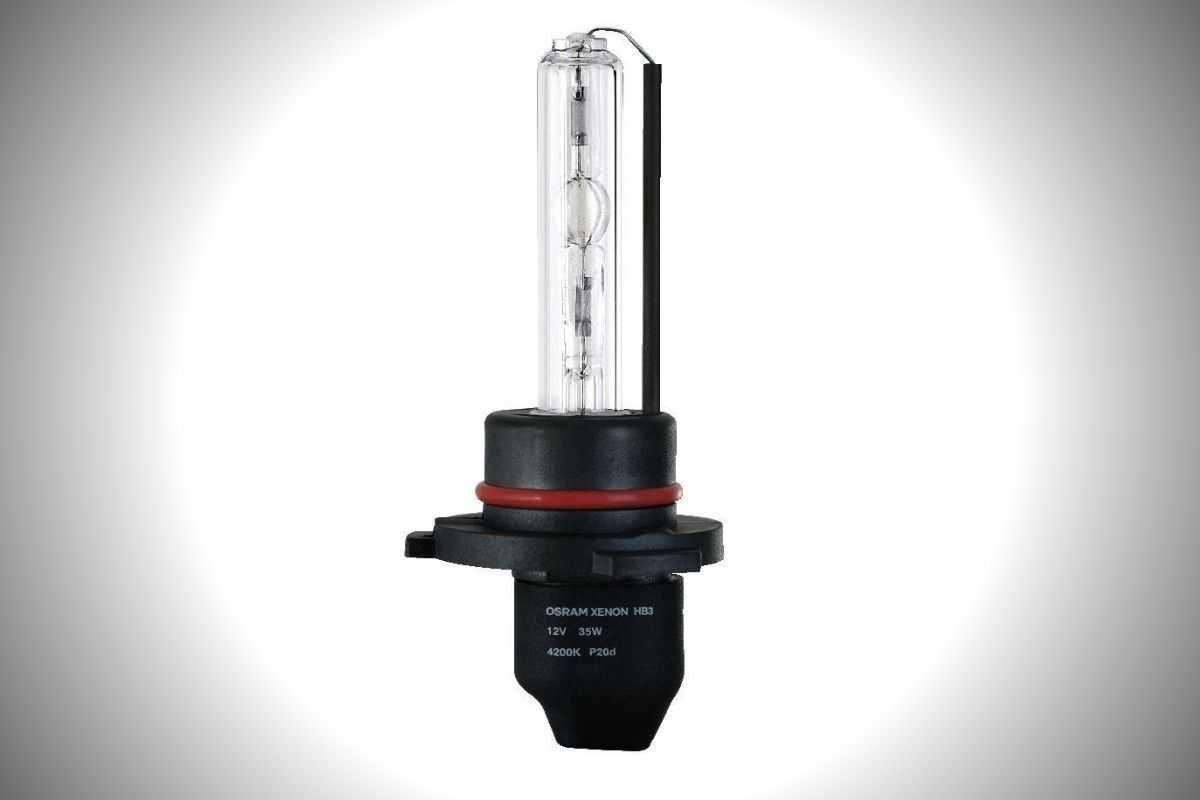

0 thoughts on “What LED Light Color Is Best For Sleep And Those To Avoid”